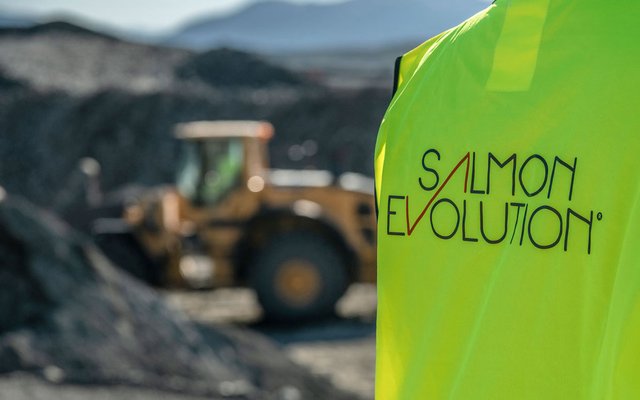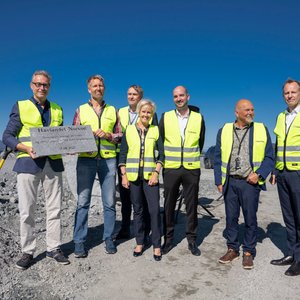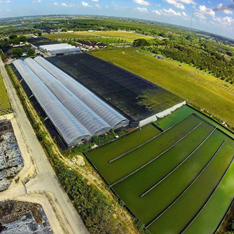Salmon Evolution acquired all of the shares in Kraft Laks AS, a family-owned smolt producer located in Dalsfjorden in Volda municipality, Norway.
Kraft Laks has a documented track record as a high-quality smolt producer and the facility, under the selling family’s ownership, has been producing smolt since 1995. Over the last years, the majority of the smolt produced has been sold on a long-term contract to one of the major salmon farmers. The company has an annual production of around 1.8 million smolts but has a license to produce up to 5 million smolts, subject to certain conditions. The parties have identified significant expansion opportunities for the facility which, if realized, is expected to also cover Salmon Evolution’s smolt needs for at least phase 2 at Indre Harøy.
One of the major advantages of Kraft Laks is its excellent freshwater supply. From three inlet stations (two rivers), Kraft Laks has good access to clean fresh water from the surrounding mountains. Also, a royal resolution secures minimum freshwater supply from the local power station at all times. The solid freshwater access has enabled Kraft Laks to utilize a similar production technology as Salmon Evolution’s hybrid flow-through system (HFS) with reuse of water, CO2 stripping and oxygenation.
The purchase price for all of the shares in Kraft Laks was agreed to NOK76.5 million ($8.6 million). Ingjarl Skarvøy, COO of Salmon Evolution, said that “the acquisition of Kraft Laks is the result of a thorough process where Salmon Evolution has evaluated a number of alternatives for sourcing of smolt. The company is confident that acquiring an existing operation with a documented track record has a significant risk-mitigating effect. It also gives us flexibility with regards to our production plan at Indre Harøy and finally it does so in a cost and CAPEX effective manner.”













